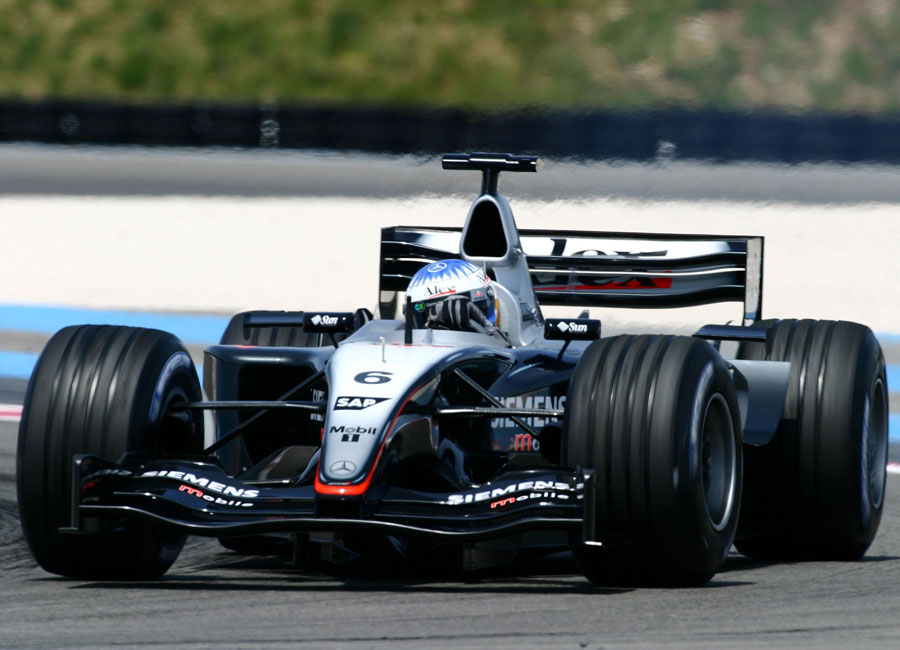SameSame wrote:3jawchuck wrote:SameSame wrote:High cyclical stress and resonance frequency caused it to buckle probably. I think the resonance frequency could have played the biggest role though.
That was my third thought after "ooops silly boy" and "damn baguette kerbs".
Could it be because of the new tyre regs, changing the dynamics just enough to lead to that sort of failure, possibly in conjunction with part age?
Definitely could be. Different pressures will produce different spring values for the system. Part age is tricky because fatigue life calculations will be very difficult. The part buckled which would normally happen under high axial loads and it didn't look like it was being loaded that heavily as you said, so best bet it was a series of unfortunate events that allowed that frequency to occur.
So now evil tyres are destroying suspensions? "Could be". Is it the one when 99% is 'could be something else' and 1% 'could be adjustments' to different tyre pressure in connection with 5 other factors but it's still 'definitely could be'

? Just because element exists and is talk of the moment.
"Different pressures will produce different spring values for the system. Part age is tricky because fatigue life calculations will be very difficult. " Why would it be very difficult with pressure X and not with pressure 0,8X? Pressure is constant, car parts are team's problem and responsibility. Why would be this theoretical old part with miscalculated age/fatigue/design on top of let's call them "forces outside of working range that destroy things" not solely responsible? The evidence: all the other cars acting fine in so many races with higher tyre pressure that varies with different tracks/tyre ranges and all the forces in the world.




